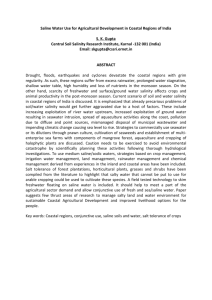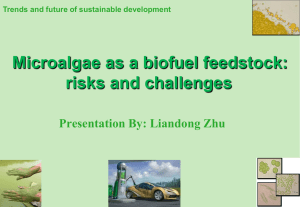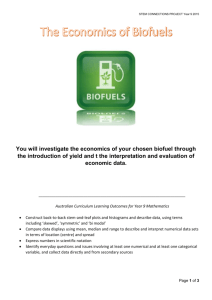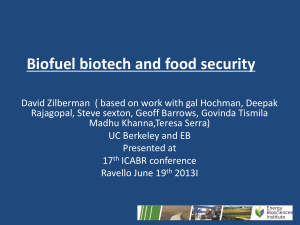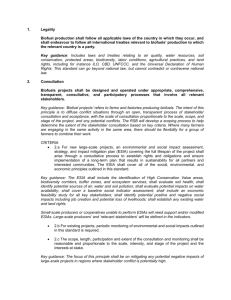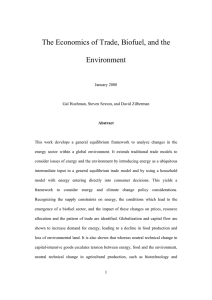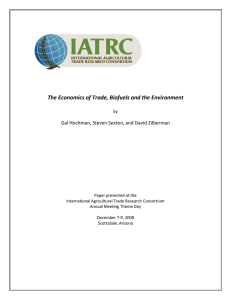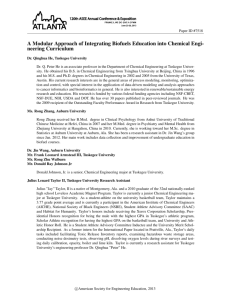With the projected growth in world population, the demand for food
advertisement
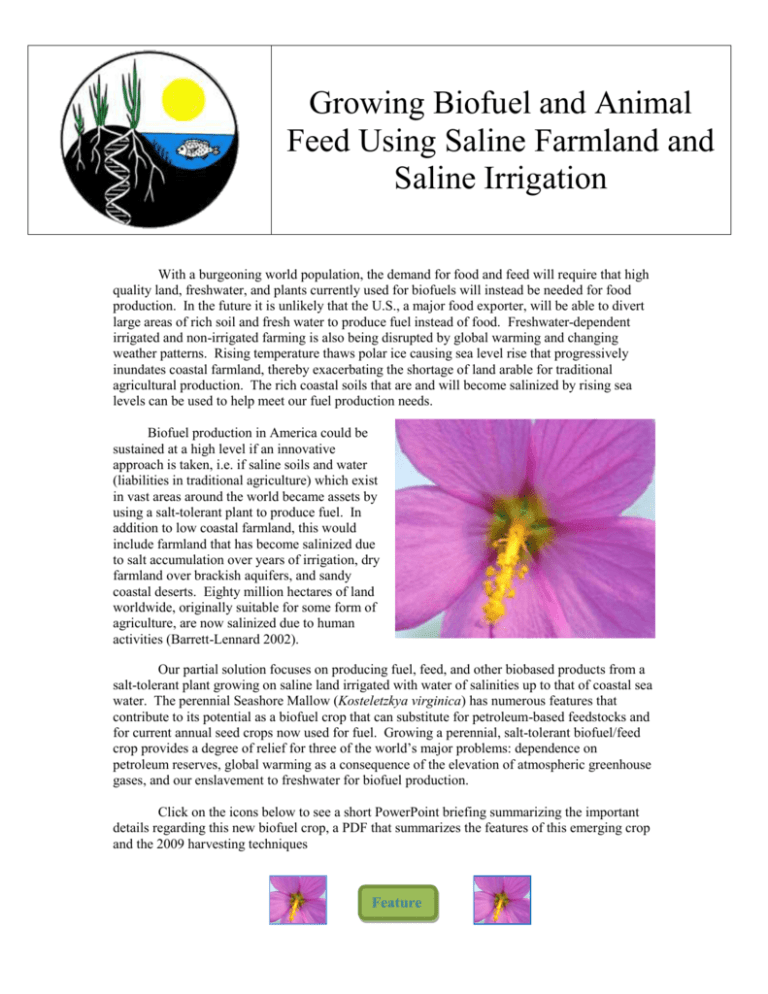
Growing Biofuel and Animal Feed Using Saline Farmland and Saline Irrigation With a burgeoning world population, the demand for food and feed will require that high quality land, freshwater, and plants currently used for biofuels will instead be needed for food production. In the future it is unlikely that the U.S., a major food exporter, will be able to divert large areas of rich soil and fresh water to produce fuel instead of food. Freshwater-dependent irrigated and non-irrigated farming is also being disrupted by global warming and changing weather patterns. Rising temperature thaws polar ice causing sea level rise that progressively inundates coastal farmland, thereby exacerbating the shortage of land arable for traditional agricultural production. The rich coastal soils that are and will become salinized by rising sea levels can be used to help meet our fuel production needs. Biofuel production in America could be sustained at a high level if an innovative approach is taken, i.e. if saline soils and water (liabilities in traditional agriculture) which exist in vast areas around the world became assets by using a salt-tolerant plant to produce fuel. In addition to low coastal farmland, this would include farmland that has become salinized due to salt accumulation over years of irrigation, dry farmland over brackish aquifers, and sandy coastal deserts. Eighty million hectares of land worldwide, originally suitable for some form of agriculture, are now salinized due to human activities (Barrett-Lennard 2002). Our partial solution focuses on producing fuel, feed, and other biobased products from a salt-tolerant plant growing on saline land irrigated with water of salinities up to that of coastal sea water. The perennial Seashore Mallow (Kosteletzkya virginica) has numerous features that contribute to its potential as a biofuel crop that can substitute for petroleum-based feedstocks and for current annual seed crops now used for fuel. Growing a perennial, salt-tolerant biofuel/feed crop provides a degree of relief for three of the world’s major problems: dependence on petroleum reserves, global warming as a consequence of the elevation of atmospheric greenhouse gases, and our enslavement to freshwater for biofuel production. Click on the icons below to see a short PowerPoint briefing summarizing the important details regarding this new biofuel crop, a PDF that summarizes the features of this emerging crop and the 2009 harvesting techniques Feature


